Ancient History looks at every aspect of the ancient world: you'll find articles covering politics, society, literature, language, religion, economics, and art - all in one magazine! Like its big brother, Ancient Warfare, Ancient History Magazine is a bi-monthly, 60-page magazine that relies on a thematic approach: each issue is centered around one specific subject. From ancient Egyptian trade and Roman family life to the lost city of Pompeii, there's sure to be something for everyone - all presented in a well-researched but accessible, fun manner.
ANCIENT HISTORY
ON THE COVER
PRELIMINARIES
KOLAIOS • Around 630 BC Kolaios, a merchant from Samos, became the first recorded Greek to reach the Atlantic Ocean. This voyage would have major repercussions. The wild adventure is recorded by Herodotus in book four of his History.
ALL LOCKED UP • Ancient Roman imprisonment, contrary to our modern understanding of prisons, was not a penal branch of the Roman legal system. Captured enemy war chiefs, hostages taken in war, and defiant senators arrested by their colleagues were all bound for a Roman prison (carcer). Where a prisoner was held, the length of their stay, and their experience while incarcerated were directly related to their social status, the severity of the alleged crime, and whether or not they were expected to die. Roman prisons were never intended for punishment, rather for custody and as intimidation.
CHIPPED STONES TO CATAPULTS • In the 21st century we take science and technology for granted. Yet, understanding the natural world and applying those insights for technological advancement were intrinsic to the Babylonian, Egyptian, Greek, and Roman civilizations too. What is astonishing is how long ago many of the major breakthroughs were made.
ROME’S AQUEDUCTS • The Great Aqueducts of Rome were described by Dionysius of Halicarnassus as one of “the three most significant works of Rome”. Strabo also praises the ‘foresight’ of the Romans in the construction of aqueducts to facilitate the daily needs of the eternal city, its baths, fountains, drinking basins, and of course, its famous sewer system. Each of these features was serviced by the eleven great aqueducts of Ancient Rome, yet their maintenance and upkeep were multifaceted and meticulous affairs.
THE AQUEDUCTS OF ROME • CONSTRUCTION TIMELINE (CA.312 BC - AD 109)
THE TUFFS OF ROME • When you think of Roman monumental construction, the first things that come to mind are probably Roman concrete-and-marble temples. The use of concrete and marble at Rome, however, does not predate the second century BC, and they did not become common building materials until the following century. So what did Roman builders use to construct their temples for the preceding 500 years, and how did they do it?
GAZING AT THE STARS • The Babylonians were famous in antiquity for their scientific prowess. They were expert diviners and were especially proud of their ability to interpret the will of the gods by reading the entrails of sacrificial sheep. Their fascination with the firmament and their advanced knowledge of its workings was acknowledged, and their observations, which were recorded over centuries, were used by Greek astronomers in Late Antiquity. Indeed, astronomical, and astrological, practice and lore are part of Babylon’s enduring legacy, elements of which are with us even today. Undoubtedly, the most famous is the zodiac circle of twelve signs, most of which still bear names related to their Babylonian origins.
INSULTS AND INNUENDO • The Athenians credited Harmodius and Aristogeiton with being the Tyrannicides - the tyrant slayers. They are alleged to have brought an end to the tyranny of the Peisistratid family through the killing of Hipparchus, one of Peisistratus’ sons, in 514 BC. On at least two occasions, the victim made...
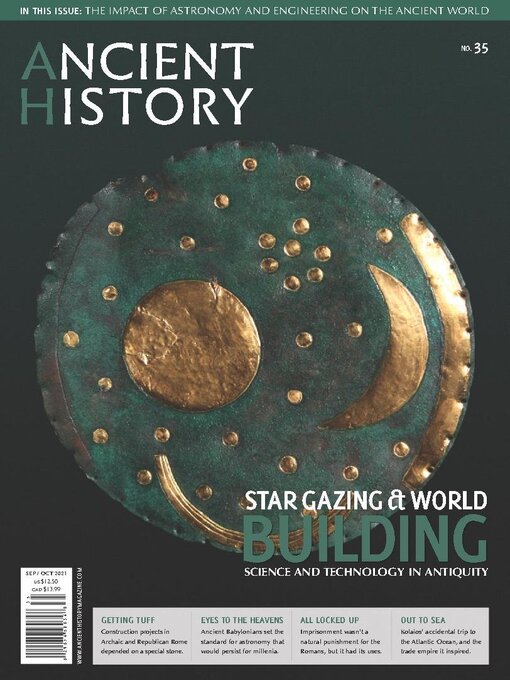
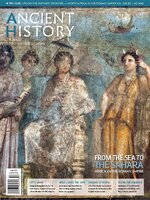 AH 52
AH 52
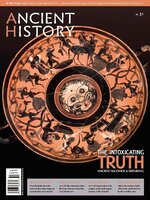 AH 51
AH 51
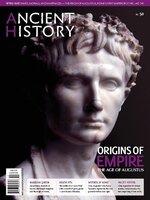 AH 50
AH 50
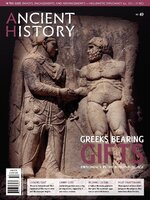 AH 49
AH 49
 AH 48
AH 48
 AH 47
AH 47
 AH 46
AH 46
 AH 45
AH 45
 AH 44
AH 44
 AH 43
AH 43
 AH 42
AH 42
 AH 41
AH 41
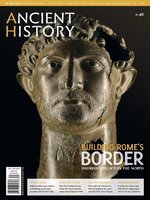 AH 40
AH 40
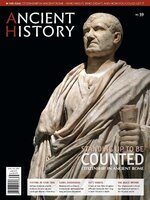 AH 39
AH 39
 AH 38
AH 38
 AH 37
AH 37
 AH 36
AH 36
 AH 35
AH 35
